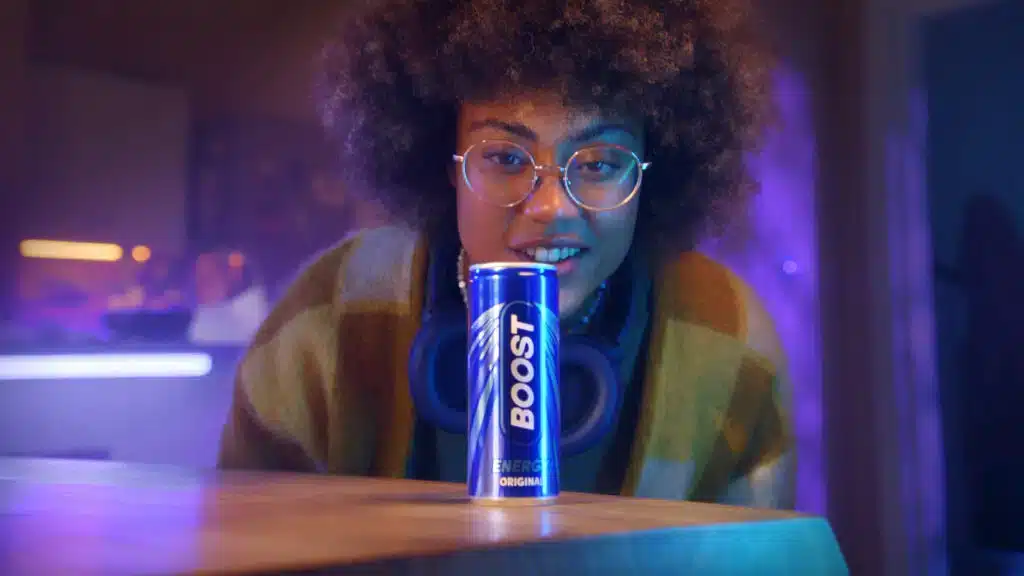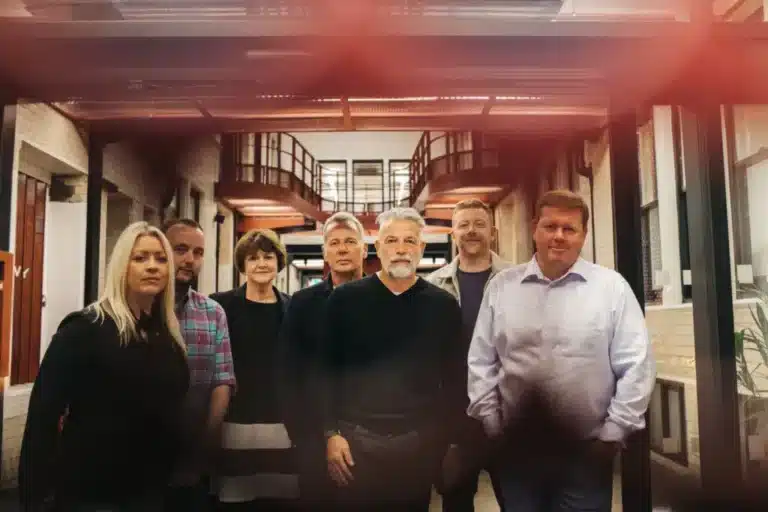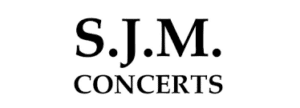“The churn of chief marketing officers is the highest across all of the different c-suites,” said Anjna Mistry, former brand controller at Boost Drinks, on one of the biggest challenges facing marketers right now.
She added: “Marketing is still seen as a cost, not a necessity”.
Her comments were made at a roundtable discussion hosted by Prolific North in partnership with Manchester agency Vega on 6 February at the agency’s offices. During the morning interactive event, we united a number of brand marketing leaders to debate brand strategies and metrics, emerging trends in marketing, and a look to the future with AI and automation.
Attendees:
- David Prior, chair and editor of Prolific North
- Jon Hall, co-founder, Vega
- Ian Lees, co-founder, Vega
- Doreen DiSalvo, head of brand and communications for Northern Europe, Hilti GB
- Lucy Sherliker, head of marketing, Zuto
- Anjna Mistry, former brand controller, Boost Drinks
- Sarah Boustouller, partner and marketing director, Stephensons Solicitors
- Jamie Halliday, head of marketing, Colony CoWork
Following a welcome from David Prior (Prolific North) and introductions, the discussion kicked off by addressing the balance between performance marketing and above the line (ATL) marketing.
Jon Hall (Vega) explained he doesn’t see it as a divide: “I think both brand and performance work together. It’s about understanding the balance between the two and tools you have available, making sure you measure and track as best you can across both channels.”
Brands may get pulled into cost but it should be “about how brand impacts your performance media” and “ultimately, it’s all about measuring”.
Highlighting one of the challenges of measuring brand impact, Anjna Mistry says “shifting perception” is key as is the right measurement tools. In her previous role at Boost, she implemented a “robust tracking system” and said brand marketers need to understand the balance between driving a long-term agenda with awareness and conversion, and then short-term sales.
Sarah Boustouller (Stephensons Solicitors) agreed that success might look like an “improved sentiment measure,” such as direct website searches. On the brand side, it can be “more expensive” to measure. One solution could be measuring the impact of mass marketing by having a controlled group aimed at a geo-targeted area, versus a group without one.
During her time at Boost, Anjna Mistry explains although the drinks brand didn’t have a major budget to match the likes of beverage goliaths like Red Bull and Monster, it successfully targeted audiences in key markets across London and Northern Ireland: “In Northern Ireland, we went heavier on radio, whereas in London we went more outdoor advertising,” she explains. “It’s understanding all the different elements from a commercial perspective, but also from a brand perspective, and then applying your marketing budget to drive the best performance you can.”
Lucy Sherliker (Zuto) explained the car finance marketplace’s approach: “It’s all about driving demand”. As a challenger brand, Zuto invests primarily in performance marketing, which also helps build brand awareness. Detailing work with one of Vega’s recent clients, Ian Lees pointed to the impact YouTube has made to brand impressions on the website.
Doreen DiSalvo (Hilti GB) noted that while “shiny new objects” like viral videos may attract attention, their effectiveness depends on whether they convert into sales. Leaders around the room discussed how brand marketers can tap into different channels, with Lees (Vega) revealing successful experiences with brands in the tool space using the likes of TalkTalk Radio to reach tradesmen, sponsorship with local sports leagues, to working with influencers. What marketers do on brand has an impact on “every single channel”.
Challenges proving ROI and a word on budgets
One of the “biggest challenges” marketers shared at a recent event Anjna Mistry went along to, was how marketing and branding are still areas that the c-suite “still don’t understand”.
“The churn of CMO’s (chief marketing officers) is the highest across all of the different c-suites” and “marketing is seen as a cost, not a necessity”.
Marketing and advertising is often seen as one of the “easiest things to cut”, agreed Lees (Vega) as it is often one of the “largest expenses on a balance sheet”. DiSalvo (Hilti) explained everybody has that point of view until they try it themselves.
For Jamie Halliday (Colony CoWork), brand awareness is “key” especially when prospective customers are searching for top-end of flexible workspace in the city, so SEO has played a major role in their strategy. Lees (Vega) said content is a low cost media spend and can have a “major influence”. Boustouller (Stephensons Solicitors) agreed, emphasising the importance of customer experience which can be tracked by monitoring reviews on Trustpilot.
“The experience that someone has of your organisation is so important, even in relation to the brand,” she explains. “Even in your premises, where you’re based, the experience someone is having is indirectly having an impact.” Lees (Vega) warned although customers are great advocates, they can also be ‘terrorists’.
When it comes to key phrases, especially with Google reviews, it’s key that brands ensure what people are writing in those reviews match up to what the brand offers, added Halliday (Colony CoWork). To cut through to c-suite leaders, brand marketers and their agencies can now increasingly use tools with a “proper post campaign analysis” that allows them to give you more incentives, said Lees (Vega).
On how leaders decide where to put their budget, Mistry explained it’s tricky as it all stems back to objectives. During her previous role at Boost Drinks, the brand put a “big emphasis” on activation but started to build the brand because one of its “biggest challenges” was battling against consumer perception around it being a cheaper drink.

“We shifted the brand focus to have more of an every day and accessible appeal, versus Red Bull and Monsters who were all about staying up late because it drove a lot of the negative perceptions of the category.”
AI, search trends, and the future of marketing
With the emergence of generative AI as part of the search experience and the disruption caused by Google’s GA4, Prior (Prolific North) asked if it is becoming more of an important metric in the age of generative AI with fewer clicks coming through to websites.
For Colony CoWork, it is, said Halliday: “We can be competitive on non branded search terms, and that’s always a need to have your eye on but trying to ensure that those branded search terms are always growing, or at least staying consistent, is really important.”
Over at Zuto, Sherliker explained branded search has two purposes: customer retention and acquisition. Direct visits are “important”, added Lees (Vega), as “everybody’s talking about cost inflation in branded search”. According to Boustouller (Stephensons Solicitors), branded search is key as those customers are more likely to be further along in the buying process: “It’s also a good measure of trust in the brand and customer loyalty, which will then go on to inform how well the organic rankings are going to perform overall.”
On AI’s role, Sherliker (Zuto) said Google’s AI overviews don’t appear as much in search results thanks to the financial services sector being a regulated industry, so Google is currently leaving the results to be presented by the experts.
As for AI and automation as a hot trend that’s shaking up marketing and the role it might play in transforming consumer behaviour, Boustouller (Stephensons Solicitors) said it will “continue to change” as how consumers digest content is “constantly evolving”. She added: “I think we’re going to have to continue to be smart.”
Hall (Vega) argued that consumers still want to go to trusted platforms with quality, legitimate content – not those with content that is solely AI-generated. And that goes for media and journalism too. “They expect journalism to be professional and fact-checked.” He continued: “They want that platform trust.”
DiSalvo (Hilti) said consumers want “authentic brands” but AI still has a place in helping marketers be more efficient, from social content curation to whitepaper analysis, so it needs to be embraced.
“All we’re doing is reinforcing how powerful brand is, it cuts through anything on AI,” explained Hall (Vega), but stressed how AI has made things more accessible for some clients.
Content should always be bespoke to the brand, argued Boustouller (Stephensons Solicitors). The real benefit of AI is greater integrations with CRM systems to better analyse big chunks of data and uncover trends much quicker: “It’s capable of helping us digest what we’re all grappling with.”












